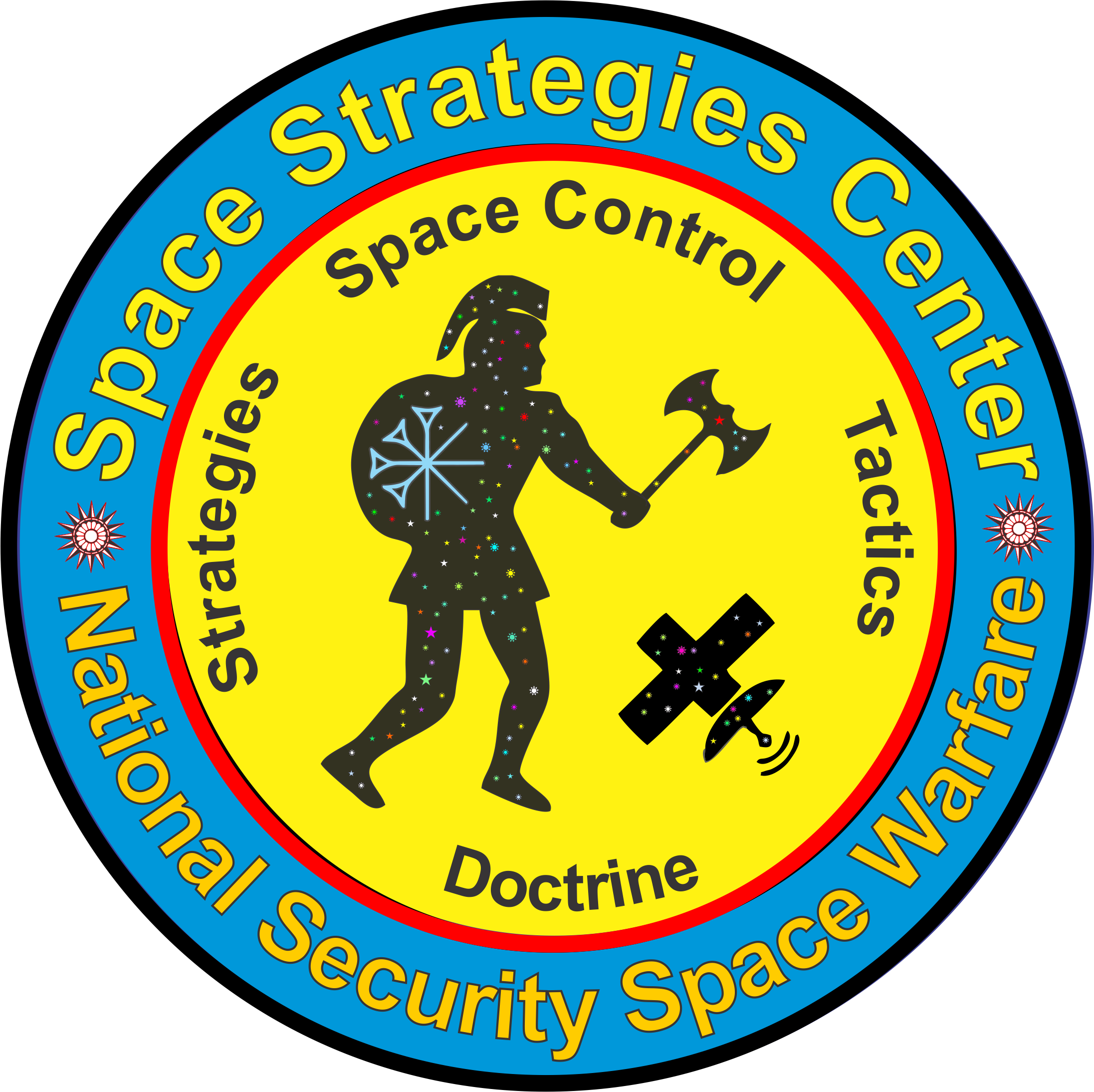Author: Carlotta Rinaudo
“Everybody says Hambantota was ‘invaded’ by the Chinese. Well, just look around… There are probably no more than twenty Chinese people in the whole town. We definitely were not invaded by anyone. If anything, we Sri Lankans are hostages – hostages of our political class”, says Dilshan while sipping his tea. He is an ordinary man that lives in Hambantota, a sleepy town at the Southern tip of Sri Lanka - a remote place where taxis are nowhere to be found, public buses remain rudimentary, and the local residents buzz around the streets on rusty TukTuks, making a living mostly out of fishing and agriculture. Those that visit Hambantota are soon warned by a yellow signal: beware of wild elephants - they might come out of the bush and cross your way. It seems ironic that this forgotten tropical town with only 11,000 residents has recently drawn intense scrutiny from international media, becoming the epicenter of a fierce debate in academic and political circles. At the heart of this debate is a metaphorical “white elephant” – not the one that might come out of the bush - but the giant port that sits on the town’s coastline: the Hambantota Port.

The Hambantota Port was part of Beijing’s signature Belt and Road Initiative, and its construction was mostly funded by Chinese loans. When in 2017, the debt-ridden Sri Lankan government decided to lease a 70% stake in the port to the China Merchants Group for 99 years, Hambantota became a symbol fiercely cited by devoted proponents of the so-called ‘debt trap theory’. This narrative depicts China as a predatory investor that invites the Global South nations to join the BRI’s family and then deliberately pushes them into debt through murky loans and contracts. At this point, when the naïve, cash-strapped government is buried in debts it can’t repay, Beijing carries out its calculated master plan and forces its victim to cease its national assets. “Look what happened in Hambantota!”, is a claim that still reverberates in many political discussions, often with a prophetic tone.
Walking in Hambantota today, however, reveals a more complex reality. The discontent of the local people and the semi-abandoned buildings give away a different truth: there is another side of the debt-trap theory - one that is often overlooked. The countries that join the Belt and Road Initiative are not always led by cash-strapped, naïve, unaware politicians that happen to find themselves buried in debt, with no other choice than ceasing national assets to Beijing. Often, these might actually be corrupt politicians, blinded by megalomaniac tendencies left unchecked, that utilize Chinese loans for their own political and material gains.

For almost two decades, Sri Lanka’s political landscape has been dominated by the Rajapaksa family, a political clan that essentially ruled Sri Lanka like an autocratic family business. When Mahinda Rajapaksa was elected President in 2005, part of his political manifesto promised to deliver economic revitalization by constructing megaprojects and new infrastructure. Unfortunately, Rajapaksa failed to become the architect of Sri Lanka’s economic miracle: instead, he created a ticking bomb. First, he built the foundations of this economic revitalization on unsustainable debt, recklessly borrowing from bilateral lenders, mainly China, India, and Japan, as well as from a wide range of private investors. On this shaky ground, the government erected a wide array of megaprojects without conducting proper feasibility studies – essentially, building pieces of infrastructure that would never be commercially viable. Meanwhile, the Rajapaksa family has been accused of corruption, nepotism, bribes, and money laundering, with its members secretly transferring billions to accounts abroad. The infamous port of Hambantota, therefore, might not be the story of a Chinese masterplan. It is more of a tale of Sri Lanka’s broken politics.
In the early 2000s, many experts frowned upon the decision to build a new port in Hambantota, only 200 km away from Colombo, which hosts the 25th busiest port in the world. For a small island nation like Sri Lanka, this did not seem like a calculated, rational decision. In fact, it was a political one. Mahinda Rajapaksa is from the Hambantota district, a place where he hoped to solidify his grip on power and build a political stronghold. He thus erected a wide array of megaprojects - some of them carrying his name – in an attempt to elevate himself as the strongman that was capable of delivering economic revitalization to his native area. Today, in Hambantota, the signs of Rajapaksa’s megalomania and heavy spending are everywhere – not only in the port itself. Take the cricket stadium, built with a capacity of 35,000 people for a remote town with only 11,000 residents: largely unsuccessful, it is often used as a wedding venue to recover some profit. Alternatively, the airport sits semi-abandoned with no departures or arrivals. Moreover, the huge convention centre that barely hosts any event – at the moment, it has mostly become a playground for Sri Lankan kids, who often play cricket next to the main entrance. These white elephants are the grim legacy of a political dynasty out of touch with reality, unable to comprehend the needs of the people they governed, whom they eventually dragged into bankruptcy in 2022.
“They built a port, an airport, a conference centre, and a cricket stadium, but they forgot that we in Hambantota are mostly farmers. What we really need is agricultural reform – not another empty project,” says Anaya, who used to be a teacher.

For the much-debated port of Hambantota, China Exim Bank provided 85% of the funding at an unusually high-interest rate of 6.3%. The proponents of the debt-trap theory interpret this as yet another sign of Beijing’s plan to push Colombo into debt. Yet this might be simplistic thinking that once again fails to consider the broader context of the Sri Lankan reality. When construction of the Hambantota port began in 2007, Sri Lanka was still ravaged by one of the bloodiest phases of a decades-long civil war, struggling to generate public revenue. The government presented the port project to many investors, yet China emerged as the only country that was willing to take the risk of financing the megaproject. More than a predatory investor, China was a lender of last resort. Moreover, it demanded a high-interest rate because it essentially offered a high-risk loan to a conflict-torn country.
Once the Chinese loan was granted, the Sri Lankan government failed to plan its spending in a way that could offer quick returns. The Danish firm Ramboll recommended that, during the first phase of construction, the port should only manage the transport of non-containerized cargo, like oil tanks and cars. Once the Hambantota port generated the necessary revenue, Ramboll suggested, new parts could be constructed. Yet the Sri Lankan government took the hasty decision to request new funding and proceed with the second phase of the construction, immediately transforming Hambantota into a container port.
“Experts suggested they constructed different parts of the port at different times, allowing each phase to be profitable and operational. Instead, the government preferred to build everything at the same time, although this implied more borrowing without solid revenues”, says Dilshan. Corruption and self-interest were also widespread. For instance, Ramboll forecasted that building a bunkering facility at Hambantota would cost roughly $33 million, yet the ports Minister submitted a document that demanded a $100 million loan. The extra cash was allegedly poured into the pockets of the Rajapaksa clan.

By 2014, the Hambantota port was a fiasco and a burden to the Sri Lankan government. The Sri Lankan Port Authority found itself diverting money from the profitable Colombo port because Hambantota’s revenues were too low for the port to sustain itself. In 2016 many Western creditors were also demanding their annual repayments, and Sri Lanka found itself in need of foreign exchange. The ticking bomb created by Mahinda Rajapaksa was about to explode. And this is when Sri Lanka decided to lease out Hambantota to China Merchants Port for a 99-year concession. It was not about a predatory investor attempting to seize its debtor’s national assets: it was more about Sri Lanka getting rid of an inefficient and underperforming port to restore its foreign reserves, which had dried up after years of heavy borrowings and irrational spending.
The debt trap theory fails to consider that recipients of Chinese funding are often autocratic and corrupted leaders seeking to advance their political agenda. Visiting Hambantota and its semi-abandoned buildings suggests that, for the population of a developing country like Sri Lanka, living under these regimes might in fact be the real trap.
*For privacy and security reasons, pseudonyms are being used to de-identify those that shared information and personal opinions with the author















